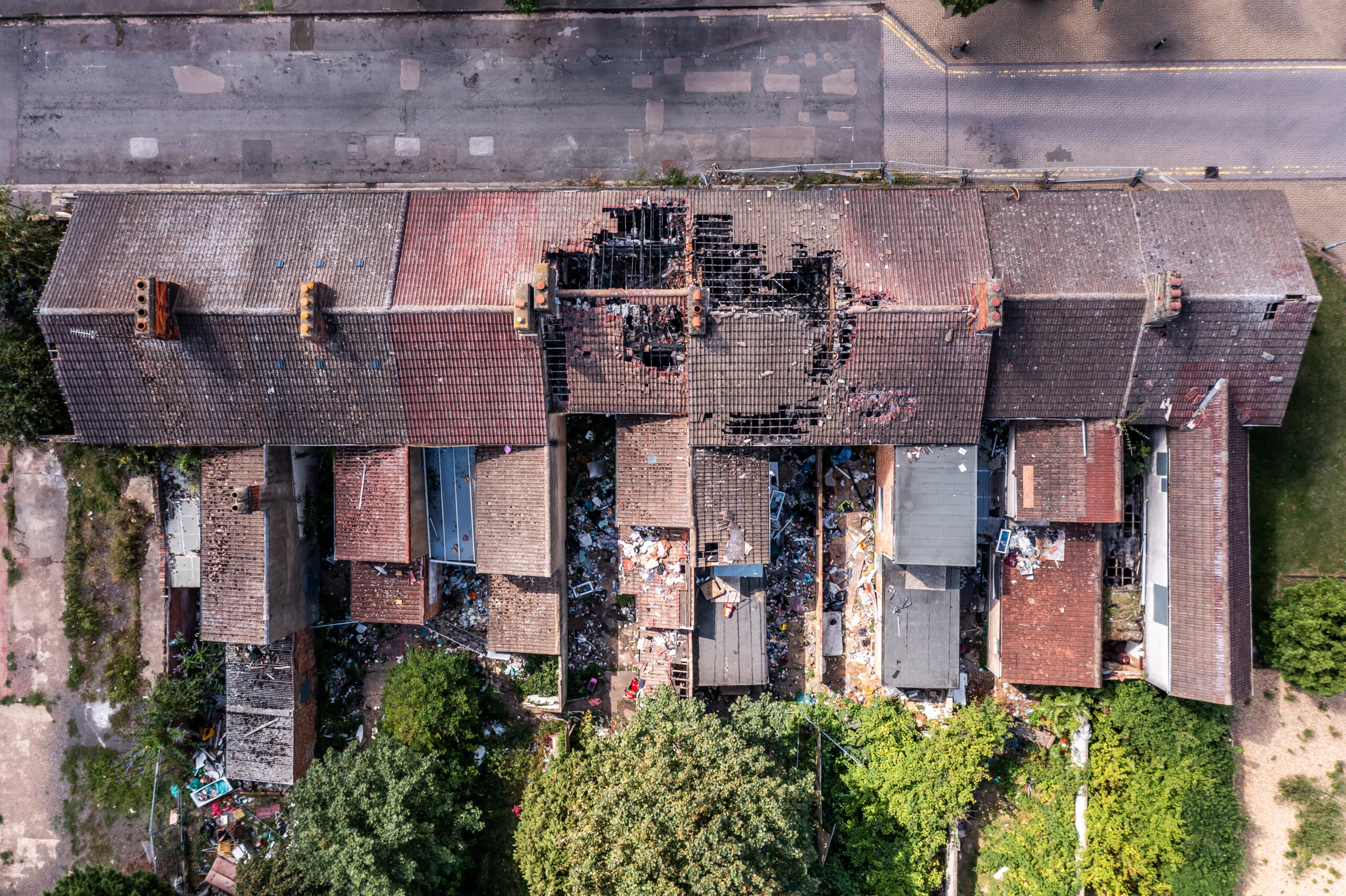Introduction
As a homeowner in the UK, you rely on your insurance policy to protect your property and possessions in the event of unforeseen events such as theft, fire, or damage caused by natural disasters. However, when you need to make a claim, the process can be confusing and overwhelming. In this article, we’ll walk you through the process of making a domestic insurance claim in the UK, from start to finish. We’ll cover the types of insurance claims, how to file a claim, what to expect during the claims process, and tips for ensuring a successful outcome.
Types of Domestic Insurance Claims:
In the UK, homeowners typically need to file one of three types of domestic insurance claims. These are:
- Buildings Insurance Claims: This type of claim covers damage to the structure of your home, such as the walls, roof, and floors. Damage can be caused by events such as fire, flooding, subsidence, or storm damage.
- Contents Insurance Claims: Contents insurance covers the cost of repairing or replacing your possessions in the event of damage or theft. Claims can be made for items such as furniture, electronics, jewellery, and clothing.
- Liability Claims: This type of claim arises when someone is injured or their property is damaged while on your property. Liability claims can be made against your buildings or contents insurance policy, depending on the circumstances.
How to File a Domestic Insurance Claim:
Filing a domestic insurance claim in the UK can be a straightforward process if you follow these steps:
- Contact Your Insurance Provider: Notify your insurance provider as soon as possible after the event that caused the damage. They will provide you with a claim form and instructions on what to do next.
- Provide Documentation: Your insurance provider will require documentation to support your claim, such as photographs of the damage, receipts for any repairs or replacements, and a police report if applicable.
- Arrange for an Assessment: Your insurance provider may send an assessor to inspect the damage and provide an estimate for repairs or replacement.
- Wait for a Decision: Your insurance provider will review your claim and make a decision on whether to accept or reject it. If your claim is accepted, they will provide you with a payout for the damage or replacement.

Tips for Ensuring a Successful Domestic Insurance Claim:
To ensure that your domestic insurance claim is successful, consider these tips:
- Understand Your Policy: Before making a claim, review your insurance policy to ensure that you are covered for the type of damage you have experienced.
- Provide Accurate Information: Be honest and accurate when completing your claim form and providing documentation. Failure to do so could result in your claim being rejected.
- Keep Records: Keep a record of all communication with your insurance provider, including emails and phone calls.
- Be Patient: The claims process can take some time, so be patient and follow up with your insurance provider if you haven’t heard back from them in a reasonable amount of time.
- Consider Using a Loss Assessor: A loss assessor can help you navigate the claims process and ensure that your claim is fully covered by your insurance policy.
- Don’t Be Afraid to Negotiate: If you feel that the payout offered by your insurance provider is not enough, don’t be afraid to negotiate. Provide additional evidence or get a second opinion to support your claim.
Conclusion
Filing a domestic insurance claim in the UK can be a daunting process, but by understanding the different types of claims, how to file a claim, and tips for ensuring a successful outcome, you can make the process smoother and less stressful. Remember to contact your insurance provider as soon as possible after an event, provide accurate information and documentation.



